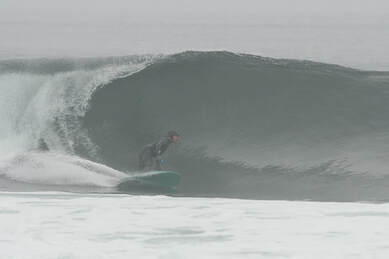
As the years went by, early injuries started to reemerge and by time I hit 50, I surfed well on days when my back was okay, and not as well with any significant back pain. At one point, I saw a physical therapist for an Achilles tendon injury. He made me stand and walk, then approached from behind and hit me in the butt. "Relax your glutes! he ordered. The fact was that I couldn't. No matter how much I tried, they remained rock hard, which I thought was a good thing.
"You surfers are all extenders," he stated flatly. "We need to fix that."
Over the next couple of months, I worked on not arching my back, standing straighter, pushing my pelvis forward, and on core strength to compensate for over-developed lower back muscles.
Amazingly, in addition to improving my Achilles injury, my back problems disappeared. Suddenly, I was surfing like I was twenty again. I added the core strengthening exercises, especially plank and side plank, to my morning stretches/warm-ups, and over the next 15 years, I had zero back problems and was easily able to keep up with the young surfers in the lineup.
Then, a few years ago, on a small (shoulder-high) day - injuries always seem to happen on small days - I pulled into a backside barrel which started to close down on me. I tried my standard small-day-pull-through-the-back-of-the-wave but found myself slammed on a sharp rock which had fallen off the cliff the previous winter and had migrated.
The rock knocked my sacrum out of alignment which twisted my spine and compressed a disc causing a nerve impingement. I went a month without being able to lie down or sit, and sleeping standing up didn't work. For more on how I recovered from that injury, see How I Narrowly Avoided Back Surgery.
I was out of the water for four months, the longest I'd ever gone without surfing. Once I could surf and had regained my paddling strength, I found I was almost always dragging my front foot on my pop-ups. I could ride well enough, but that slowness getting up limited my critical takeoffs.
I worked hard on upper body strength doing sets of 50 pushups followed by 20 popups on the floor. There was marginal improvement, but it wasn't like before. I still surfed every day but...
Last November, surfing up north on a super high tide with a slightly overhead swell, I got hit by backwash as I was standing up. Perhaps if I'd had my old pop-up I would have been fine, but my dragging front foot slipped off the board and my back leg hooked onto the board as the backwash threw the board upward. I severely tweaked my pelvis and this time I was out of the water for 3 and a half months.
When I got back into paddling shape, with lots of push ups, my pop-ups were worse than ever. I seriously considered giving up surfing. For me, it was embarrassing to be in the lineup. I was well-known and now, I'd lost my confidence. I sucked.
I searched the internet for ways to improve your pop-up. There are countless videos with all sorts of exercises. I tried a bunch but had no luck. Then I stumbled on this one by Kale Brock.
Attempting to do push ups bringing a knee inward was easy for my back leg and very difficult for my front leg. I realized that I'd lost a lot of range of motion in my hip flexors and that this was preventing me from bringing my front leg forward properly. I searched further and found an excellent video by Cris Mills of Surf Strength Coach. If this video is any indication, I suspect his other training programs are worth the expense.
I did their exercises and then modified my stretching/warm-up routine to include the following:
1) Push up, bringing my foot to the opposite hand as I push up. After only 5 of those, I go into pigeon pose (per Cris), for one minute, then pointer-dog for 1 minute and repeat on the opposite side. I do two sets of these.
2) At the end of my stretches I do squats leaning forward to put my hands on the floor. At first, I'd lost that flexibility, so as odd as it sounds, whenever I was on the toilet, I'd lean forward and put my hands on the floor for a minute. After a few weeks, I could do the squats and gained a lot of flexibility in my hips. Ultimately, I could do squat-hops, forward, back, sideways - 20 before each surf session.
When I first started (1) above, I couldn't bring my front foot more than half way to the opposite hand, but had no problem getting all the way to my hand with my back foot. Two weeks later, I could touch my hand with my front foot.
That day, I paddled out into empty waves and popped up with no problem on my first wave. It was a small mushy day (for me, the worst conditions for popping up), but it seemed like magic.
Since then, my confidence is coming back and I'm taking off on more critical waves. It's great to be back! Who would have thought that the pop-up problem had nothing to do with upper body strength? It was all about flexibility, specifically hip flexor flexibility.
I'm sure this won't work for everyone, but if you end up in a situation like mine, I hope you'll find this blog helpful.
If you liked this blog, please check out my novels.
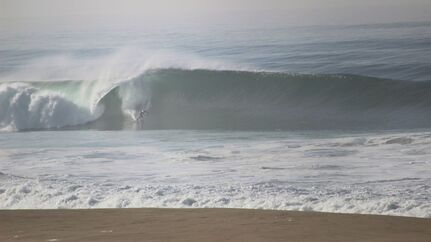
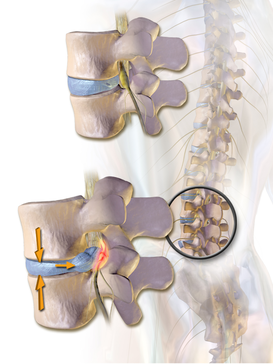
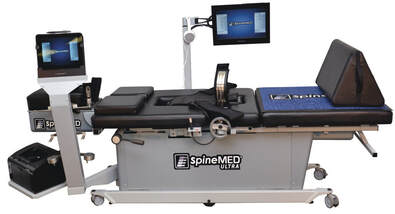
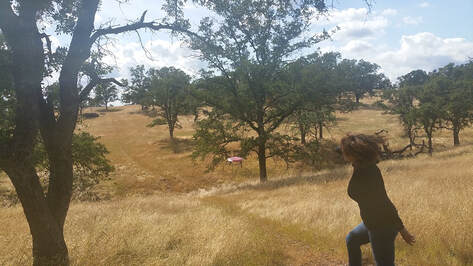
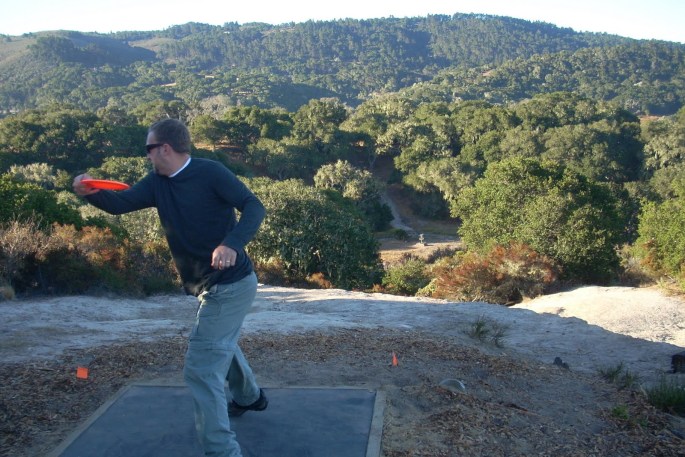
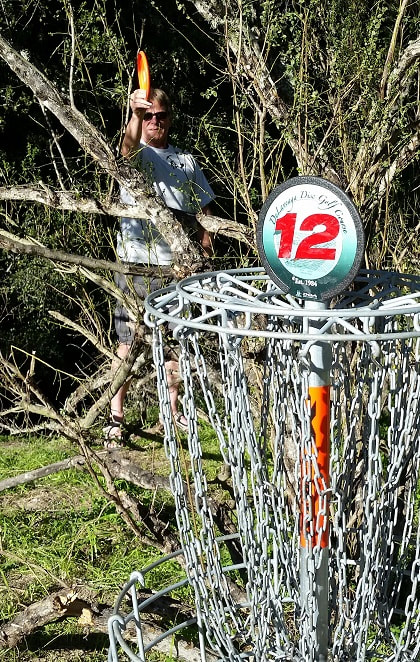
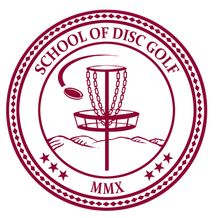
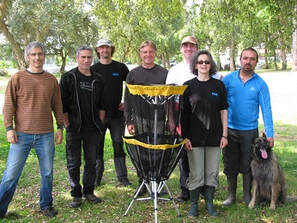
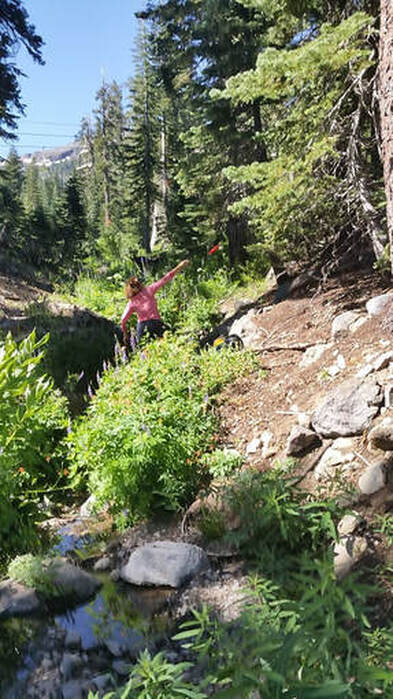
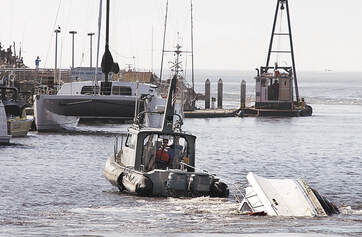
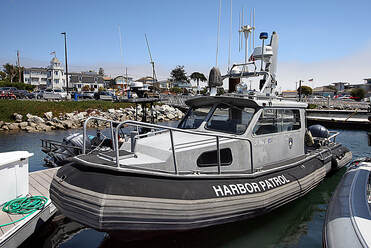
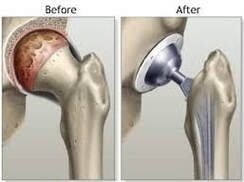
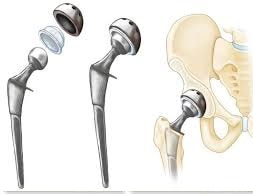
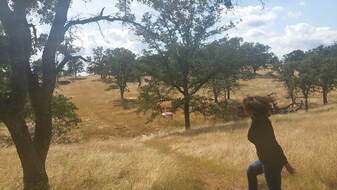
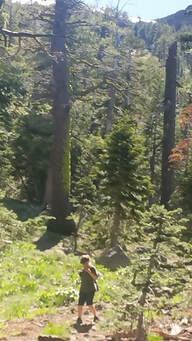
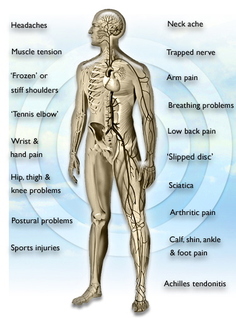
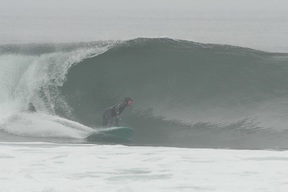
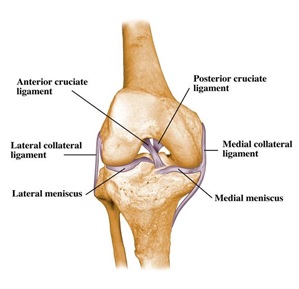
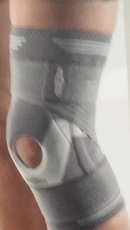
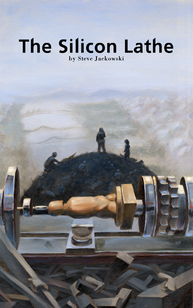
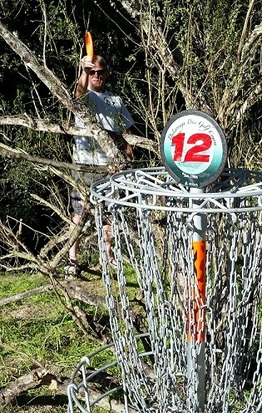
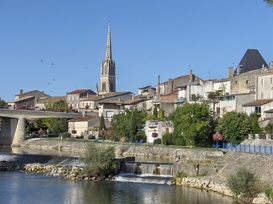
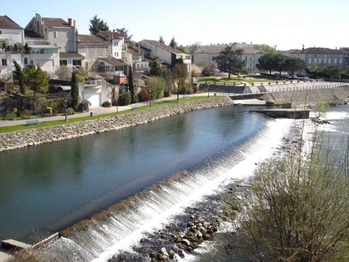
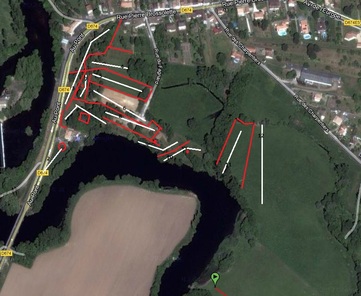
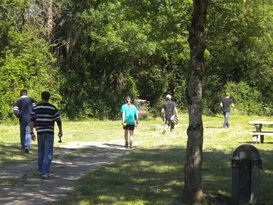
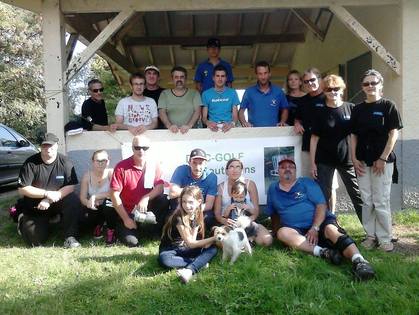
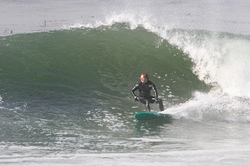
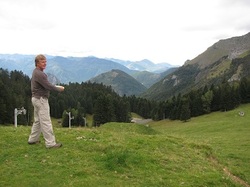
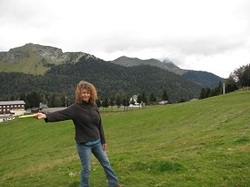
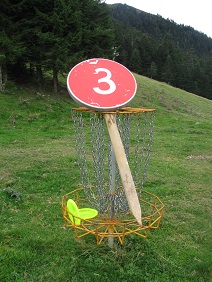
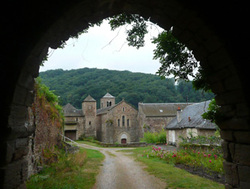
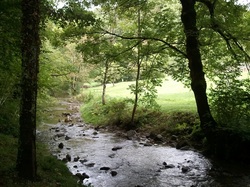
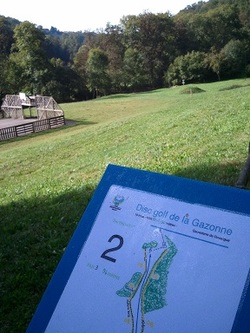
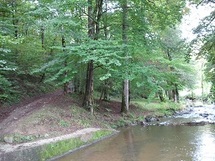
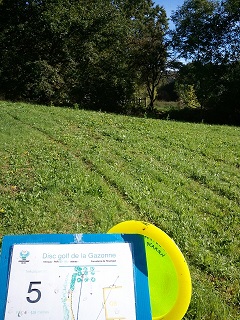
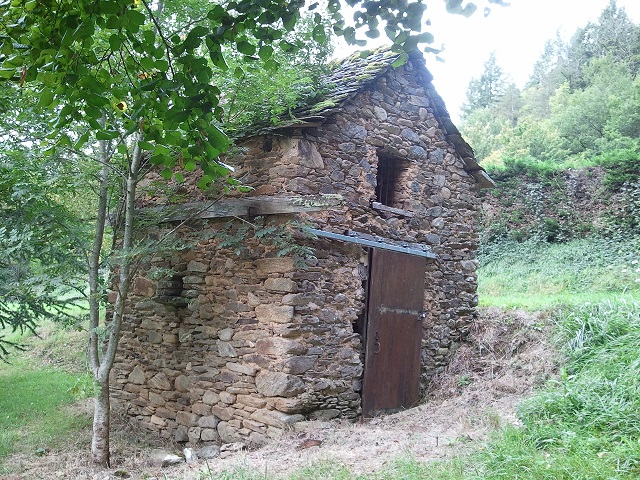
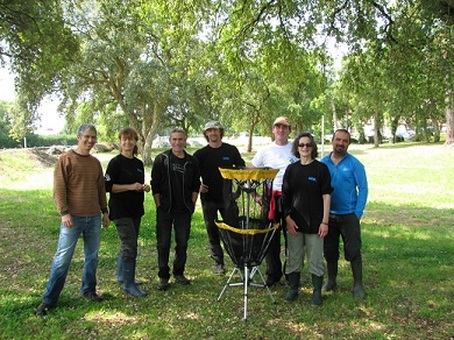
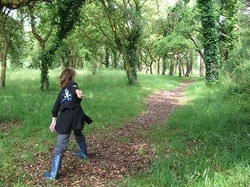
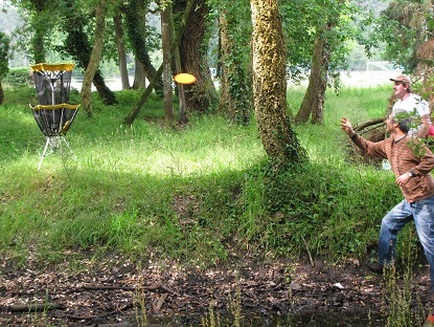
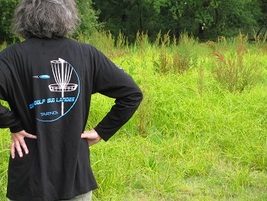
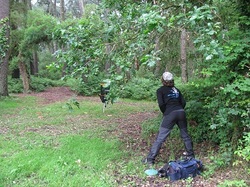
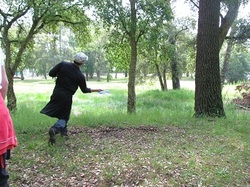
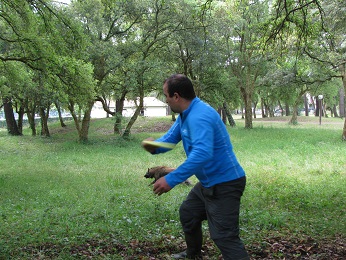
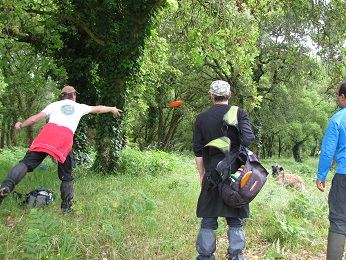
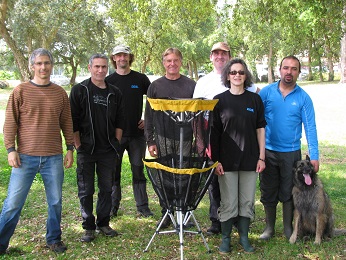
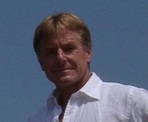
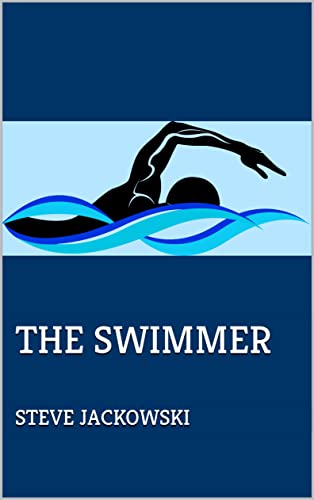
 RSS Feed
RSS Feed